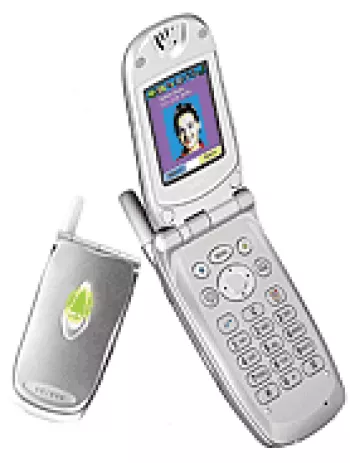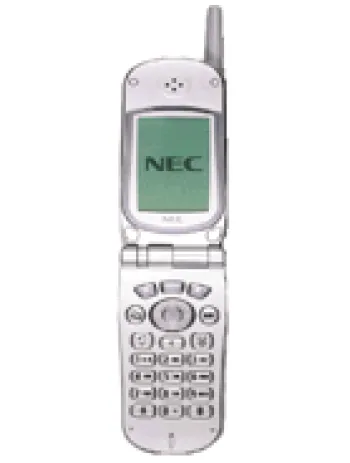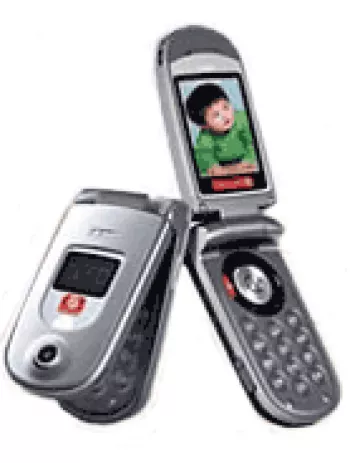
Overview
The NEC DB7000 mobile phone, announced in 2002, represents a period in mobile technology where simplicity was key. Functioning predominantly as a feature phone, the DB7000 stood out enough to have its place in early 2000s mobile history. Though it appears outdated by today's smartphone standards, during its time, it was a reliable companion for basic communication needs.
Network Capabilities
NEC DB7000 operates on GSM networks, specifically using 900 and 1800 MHz bands, which were common frequencies at the time. This made the phone compatible across various regions, allowing for international roaming where these bands were supported. The device offered GPRS Class 8 technology, providing a basic level of mobile data transmission, although it did not support EDGE.
Launch and Discontinuation
The NEC DB7000 was officially announced in 2002. However, like many early mobile phones that sought to balance affordability and functionality, it was eventually discontinued. The lifespan of such feature phones was often short due to rapid technological advancements during the early 2000s.
Body and Design
In terms of physical design, the DB7000 had dimensions of 102 x 52 x 24.7 mm and weighed 120 grams. This compact size made it a convenient option for users who preferred lighter and more portable devices. It used a Mini-SIM card, a prevalent standard in pre-3G phones. The phone featured a silver color design, which was perceived as a sleek and modern choice at the time.
Display
The phone featured a CSTN display with a resolution of 120 x 160 pixels. This 256-color display was typical of the era, designed for minimal power consumption while providing essential visual information. Without the clarity and vibrancy seen in modern LCDs or OLEDs, the display was functional for the basic tasks it was meant to fulfill, such as viewing messages and navigating the UI.
Memory and Storage
Storage was minimal, with the phone not supporting an external card slot. Instead, it offered internal storage for phonebook entries and call records. Users could store up to 500 entries in the phonebook, and maintain records of the last 10 dialed, received, and missed calls, which was fairly standard for phones in its category.
Sound and Multimedia
The NEC DB7000 did not include a loudspeaker or a 3.5mm audio jack, as multimedia functionality was limited. The phone supported vibration alerts and downloadable monophonic ringtones, with a built-in composer for customizing ringtones, reflecting the more rudimentary entertainment options of that era.
Communication Features
Connectivity options were very limited compared to today's standards. The phone did not support WLAN, Bluetooth, or a radio and had no built-in GPS positioning. Such limitations were common, as the device primarily served communication needs over extensive multimedia or connectivity functions.
Software and Features
The phone operated with basic software suitable for SMS messaging and WAP browsing. While it included standard features such as a clock, alarm function, and a few games, it did not support Java applications, placing it firmly within the feature phone category rather than a precursor to modern smartphones.
Battery Performance
Fitted with a removable Li-Ion battery, the NEC DB7000 could last up to 165 hours on standby and offered around 3 hours of talk time. This performance was adequate for users at the time, given the limited functionality that helped prolong battery life.
Conclusion
The NEC DB7000, with its straightforward design and functionality, was emblematic of an era when mobile phones primarily served the purpose of voice communication and basic messaging. Its lack of advanced features, such as a camera or extensive connectivity options, highlights how much mobile technology has advanced. Despite being discontinued, the NEC DB7000 holds historical significance as a part of the mobile revolution where each update was an exciting leap forward in consumer technology.
Key Features of NEC DB7000
- Supports GSM technology with 2G bands (GSM 900 / 1800).
- Compact design with dimensions: 102 x 52 x 24.7 mm (4.02 x 2.05 x 0.97 in).
- Lightweight at 120 g (4.23 oz).
- Color CSTN display with 256 colors and a resolution of 120 x 160 pixels.
- Ample phonebook capacity storing up to 500 contacts.
- Sufficient call records storage: 10 dialed, 10 received, 10 missed calls.
- Supports vibration alerts and downloadable monophonic ringtones.
- Offers basic functionalities like SMS messaging, WAP browsing, clock, and alarm.
- Removable Li-Ion battery with up to 165 hours standby time and 3 hours talk time.
- Available in a sleek silver color.
NEC DB7000 Main Disadvantages
- Lack of modern network support with only GSM 900/1800 bands available.
- Discontinued status means no official support or updates.
- Limited display capabilities with CSTN type supporting only 256 colors.
- No EDGE support for faster data speeds.
- Absence of a camera.
- No loudspeaker functionality.
- Lack of a 3.5mm headphone jack for audio output.
- No WLAN, Bluetooth, positioning features, or FM Radio.
- No expandable memory card slot.
- Limited call records storage (only 10 each for dialed, received, and missed calls).
- Basic messaging support with only SMS (no MMS, email, or other messaging options).
- No Java support for additional applications.
- Short battery life with only 3-hour talk time and 165-hour standby.
- Lack of advanced features such as sensors and multitasking capabilities.
View Also
More Phones
All Rights Reserved +14266 Phones © Mobilawy 2025
























